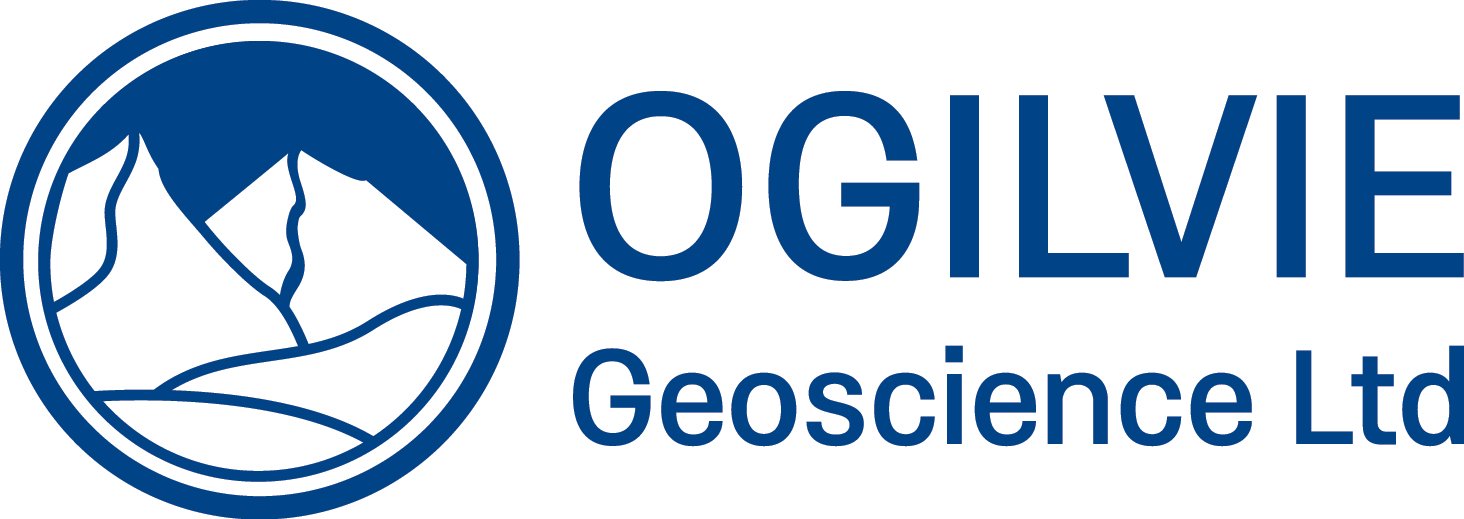Understanding the orientation of Shmax is key to many aspects of field development such as optimal drilling direction (fractured reservoirs). Here, we look at various ways to derived the orientation of Shmax.
Carbonates, Fractures
Steven Ogilvie
Chicken-wire fractures are common in anhydrite and chalk. This blog looks at some of their key features and provides examples from rock core.

Faults, slickenlines
Steven Ogilvie
This blog shows that slickenlines are scratches on the surfaces of shear fractures. The state of stress on a shear fracture can be predicted by Mohr circles.

Fractures, Geothermal
Steven Ogilvie
This blog addresses why wettability is important in the recovery of oil from fractured chalks.

Steven Ogilvie
There are 2 basic types of natural fractures that need to be studied when characterising naturally fractured reservoirs - whether it be a geothermal or hydrocarbon reservoir. These are extension and shear fractures.



